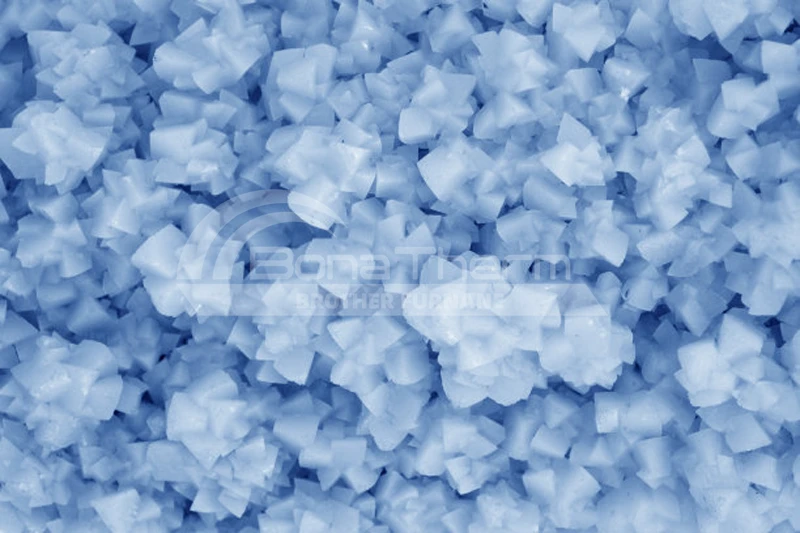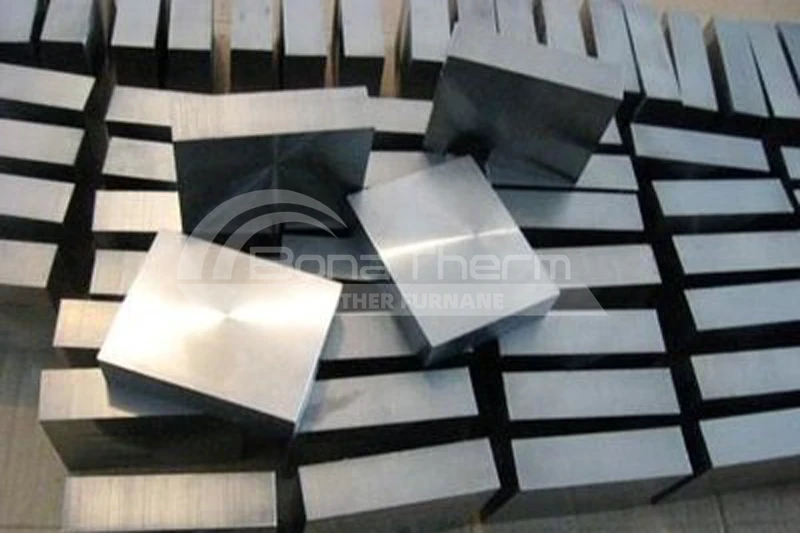Vacuum Annealing Furnaces: Pivotal Machines for Materials Processing
- By: Brother Furnace
- 2024-08-20 02:42
Vacuum annealing furnace is an indispensable high-end heat treatment equipment in material science and industrial manufacturing.
It uses the vacuum environment to isolate the pollution and oxidation of external gases on the surface of the material, thus retaining the purity and properties of the material to the maximum extent during the annealing process.
As a specialized manufacturer of vacuum heat treatment furnaces, Brother Furnace is also committed to providing customers with the most advanced vacuum annealing furnaces.
At present, the vacuum annealing furnaces of Brother Furnace have been sold all over the world. They have received positive feedback from a large number of customers.
Why the vacuum annealing furnace can get so much praise and trust?
This article will reveal the reasons why Brother Furnace’s annealing furnaces can become the crucial heat treatment equipment for material processing.
Why do People Choose Vacuum Annealing Furnace?
1. Vacuum annealing furnace reduces the contact between the materials and the oxygen and other active gases in the air by pumping a vacuum to prevent the material surface from oxidizing and contaminating, to improve the surface quality and purity of the materials. Therefore, it is especially suitable for materials requiring high surface quality and purity, such as precious metals, superconducting materials, and high-performance alloys.
2. The vacuum environment can reduce the presence of impurities, promote the uniform crystallization of the material, and the improvement of the organizational structure, which helps to improve the mechanical properties of the material, such as strength, hardness, and corrosion resistance.
3. The absence of oxide film formation during the annealing process allows the material to exhibit better ductility and toughness in subsequent processing or use.
4. The vacuum annealing furnace is equipped with an advanced temperature control system that enables highly accurate temperature management, ensuring temperature uniformity and consistency throughout the annealing process. This precise temperature control capability makes it particularly suitable for handling temperature-sensitive materials and complex heat treatment processes.
The Function of Annealing Furnace
Reduce the internal stress: In the material processing process, the material may produce internal stress, which leads to deformation or fracture of the material. The annealing process can release these stresses, significantly improving the product’s service life.
Refine the grain structure: The annealing furnace can refine the grain structure of the material, thereby improving the mechanical properties of the material.
Improve the ductility: The annealing process can increase the flexibility and ductility of the metal material, making it much easier to process.
Where Vacuum Annealing Furnace Can Be Used?
Vacuum annealing furnaces are used in a wide range of applications and are particularly suited to the processing of materials that require high purity and high performance, such as aerospace, electronic components, high-performance tools, and other fields.
By annealing in a vacuum environment, materials can obtain excellent mechanical properties and surface quality. Its application areas include:
Aerospace Field: Used to process titanium alloys, high-temperature alloys, etc. to improve their corrosion and oxidation resistance.
Automotive Industry: Vacuum annealing furnaces can be used to improve the mechanical properties of steel, aluminum alloys, and other materials so that they are more suitable for the manufacture of lightweight, high-strength auto parts.
Electrical Industry: Used to manufacture semiconductor components and electronic packaging materials to improve their electrical properties and structural stability.
Medical Equipment: Vacuum annealing furnaces can also handle stainless steel and titanium alloys for the manufacture of implants, surgical instruments, and so on.
Energy Industry: For the treatment of alloys used in the nuclear industry and petrochemical equipment to improve their durability and stability.
What Workpieces Can Be Processed Through the Annealing Process?
1. Refractory metals and active metals: Annealing furnaces can be used to treat refractory metals such as tungsten, molybdenum, and tantalum that do not have a phase change point. To eliminate work hardening, the annealing can be done at recrystallisation temperatures.
2. Brass and copper alloys: Brass and copper alloy annealing temperature in 350 ~ 800 ℃, annealing using <1.3 vacuum, you can get a bright surface.
3. Precise alloys: All kinds of precision alloys used in the electronics industry, aviation industry, and precision instrument industry are mostly vacuum annealed to improve physical properties such as electromagnetic properties and modulus of elasticity.
4. Stainless steel and high-temperature alloys: Stainless steel and iron-based, nickel-based, and cobalt-based high-temperature alloys in the aerospace industry, aviation industry are widely used. To remove hot and cold processing stresses, to prevent deformation in the use of the process, generally use vacuum annealing treatment.
How to Use The Vacuum Annealing Furnace?
1. Preparation
Safety check: Check whether all the safety equipment of the vacuum annealing furnace is complete, such as the emergency stop button, alarm system, etc.
Equipment check: Before starting the furnace, it should be carefully checked according to the operating instructions to ensure that the furnace chamber, vacuum pump, cooling system, heating elements, and other components are in normal condition.
2. Load Workpieces
Workpiece preparation: The workpieces should be degreased before the vacuum heat treatment operation. After cleaning the workpieces, do not touch them with your hands to avoid fingerprints on the surface of the workpieces after annealing.
Load the workpieces: Load the workpieces into the bracket or workpiece support structure inside the furnace, and make sure that there is enough clearance between the workpieces to ensure the even distribution of heat.
Seal the door: Close and lock the furnace door to ensure a tight seal to prevent air infiltration.
3. Set the Program
Set process parameters: Set the temperature profile, heating speed, holding time, and cooling rate according to the process requirements.
Set vacuum level: Adjust the vacuum pump to achieve the required vacuum level. Usually, select the appropriate vacuum level according to the material and process requirements.
4. Start Annealing
Vacuum pumping: Start the vacuum pump and begin to evacuate. After reaching the set vacuum level, close the vacuum valve to maintain the vacuum.
Temperature heating: Start heating according to the set temperature curve, and pay attention to monitoring the temperature change and the operation status of the heating system.
Hold stage: After reaching the set temperature, hold it for some time to ensure that the workpiece is completely annealed.
5. Cool Down Process
Temperature reduction: Control the cooling rate according to the process requirements, which can be realized by adjusting the cooling system.
Ventilation: After reaching the appropriate temperature, gradually introduce inert gas (such as nitrogen or argon) into the annealing furnace to restore atmospheric pressure to prevent oxidation.
6. Unload the workpieces
Open the door: After confirming that the temperature and pressure have reached safe values, open the furnace door.
Remove the workpieces: Remove the workpieces carefully to avoid thermal damage or scratching the surface.
7. Subsequent Processing
Quality Check: Check the annealing effect and quality of the workpieces to ensure that they meet the expected standard.
Equipment Maintenance: Clean and maintain the equipment regularly, and check the condition of vacuum pumps, seals, and other key components.
Brother Furnace——an Excellent Manufacturer of Annealing Furnaces
Vacuum annealing furnaces play a pivotal role in ensuring superior quality and structural integrity of a wide range of materials, including metals, ceramics and, composites. By eliminating the presence of oxygen and other contaminants during the annealing process, vacuum furnaces can significantly improve material properties such as ductility, strength, and corrosion resistance.
In addition, annealing furnaces help create a more efficient and controlled production environment, increasing overall productivity and enhancing the market appeal of processed products.
Brother Furnace’s vacuum annealing furnaces are now an important piece of equipment for materials processing due to their unique advantages.
In the future, Brother Furnace will continue to strive to improve technology and drive innovation to ensure that vacuum annealing furnaces continue to be the first choice of materials scientists, laboratories and, manufacturers.
Brother Furnace is always looking forward to working with you!




